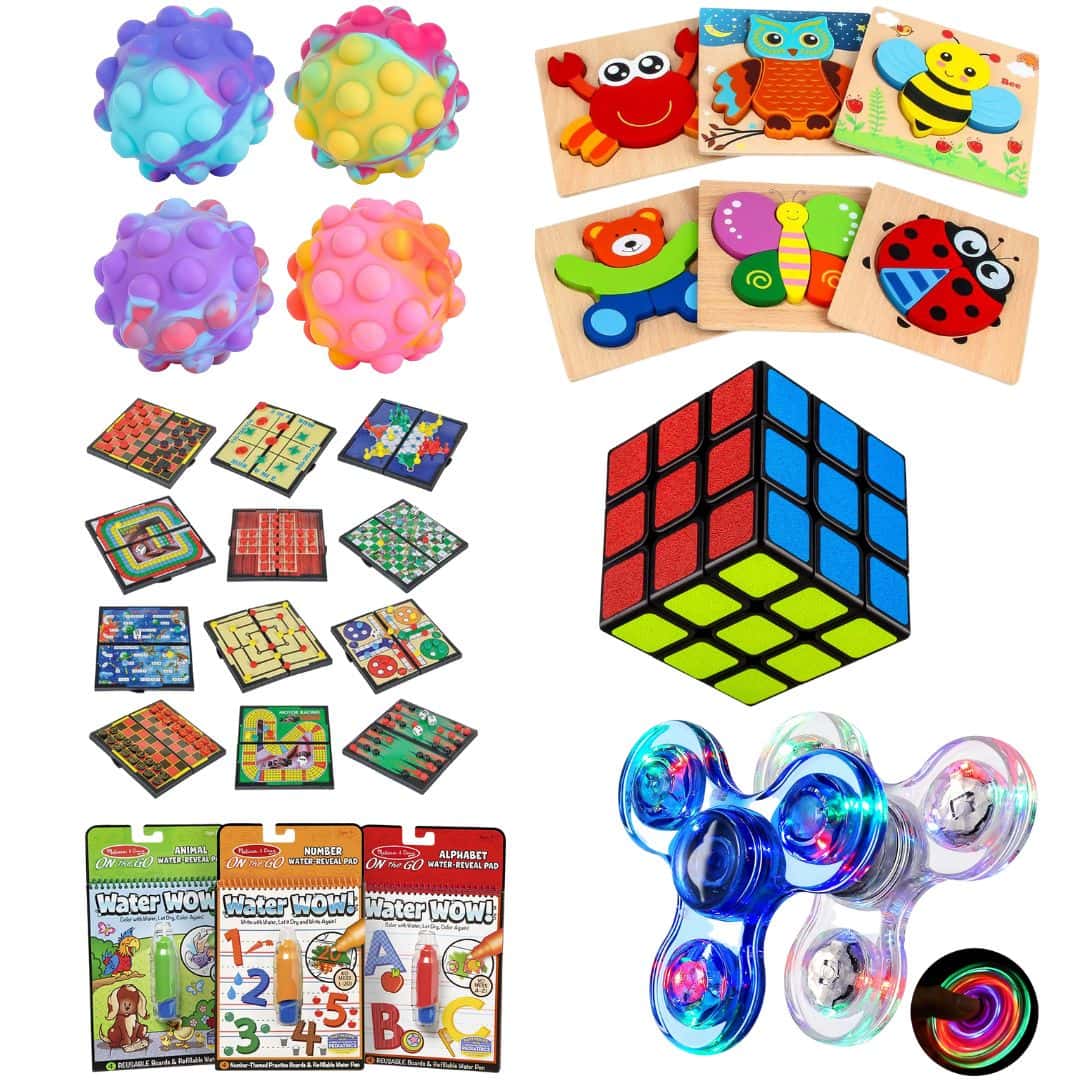Christmas, birthdays, a promotion, that lovely parcel of goodies you purchased online. Waiting is tough, even for us grown-ups, but it can be even more challenging for our kids, and we could all use some helpful tips. First of all, waiting refers to being inactive in some way until an expected event occurs. It requires specific skills and awareness of impulse control, patience, willpower, and the ability to self-regulate.1 The ability to wait also relies on self-control and being able to delay gratification.
Delayed gratification is a person’s ability to resist the temptation for an immediate reward in exchange for waiting for something more valuable in the long term.2 Research indicates that a person’s ability to delay gratification is linked to academic success, psychological health (including having better general well-being and less likely to experience addiction), improved social competence, and increased quality of relationships.3 However, what if there isn’t a reward for waiting and it is simply a requirement, or byproduct of a situation, like going to the doctor or dentist? How can we continue to encourage patience when there may be no direct reward to motivate children or make it more tolerable to wait?
How Can We Prepare Kids to Wait?
First, we must understand what skills kids need to wait. If we use the example of having to wait for an appointment with a dentist, the expectation is that we enter the waiting room, announce ourselves and then sit (relatively) quietly until our name is called. Our children will experience a host of similar experiences, like waiting in line to enter their classroom, waiting for a bus or train or flight, or waiting for their turn while their parents or others finish talking. The behaviors we require for situations like this include adjusting or regulating their behavior, even without something to sweeten the deal.4 Some specific strategies include:
Preparation is Key
Your child’s age will determine how far in advance you might warn them of an impending wait and what expectations you can have for their behavior. However, an essential waiting tip is to prepare kids. You might explain that waiting in line might take a little while and might feel a bit tough, but you expect them to stand with you, not touch certain things, and not shout or make loud noises. The goal is for them to go into the situation fully aware of what is required of them (boundaries) as well as helping to prepare them to manage the wait.
Explaining Why You Need Them to Wait
Although they might not like the answer, knowing the reason behind the wait can help many children handle the challenge. It might help to tell them they are waiting for the doctor because other sick people are being seen first, and the doctor must spend enough time with them to figure out what kind of sick they are and why so they can help them.
Use Concrete Time Frames or Measurements
Even if your child cannot tell the time yet, you can use the concept of time or other concrete measures like queues (where you select a number and wait to be called) to help them understand when it will be their turn. It gives them something tangible to help them understand how long their wait will be. For example, “We are number 7, and they are helping person number 5. How many people are left before it’s our turn? Let’s count together.” You could even set a timer or point to the hands on a clock to represent the time to wait.
Modeling Waiting
You are your child’s first teacher, and they will look to you to see how they should do things. This includes learning the art of waiting patiently. Another tip for kids is to share your frustrations and let them know it’s normal to find it hard to wait, but also share the strategies you use when you need to employ some patience. You can tell them, “I know, it’s so hard to wait, and I feel fidgety too. But when I need to wait, I try to count things and keep my mind busy or read a book. It makes the time go a little quicker, and I don’t mind waiting so much when I’m doing something I enjoy.”
How Can You Keep Them Happy While Waiting?
Give Them Jobs or Tasks to Help With
One waiting tip for kids would be to give them something to do. These could be real jobs like helping you prepare dinner or fetching things to speed up the process. Or it could be small activities or sub-goals to help use their wait time – like playing eye spy or reading a book together.
Support Them in Regulating Big Feelings
Let’s face it, none of us like waiting; we can feel frustrated, irritated, etc. So, if we help children develop the skills to regulate their emotions, it can help them manage the distress of waiting. This could include calm breathing, mindfulness strategies, using tools like bringing toys or items that make them feel happy or relaxed, progressive muscle relaxation, or telling a joke. The list is endless!
Have a Selection of Fidget Toys or Activities Available

It would be best if you kept these things aside so they remain special and something your child will look forward to but are specifically for times they need to wait. You can pull them out to help your child stay busy – it might be fidget poppers or spinners, small hand-held games, puzzles, activity pads, or a Rubik’s Cube. Avoid technology where you can because most technology undermines general abilities to delay gratification.
Fill Their Cups
Ensure that all their emotional and physical needs are met to help them feel calm and settled enough to wait. This means ensuring they are well-rested, have snacks and water, and have had some opportunity for control in their day and a chance to play.
Waiting and being patient is not a skill that comes naturally to us. However, it’s a skill we need in modern society, so practicing these skills and perfecting the art of waiting will serve your child well into the future. Remember to be gentle with yourself and your child while you are teaching them about patience. Ensure that you have set age-appropriate expectations, and work up to and increase the time you expect them to wait because it’s something your child will have to practice over and over before they get good at it.

























